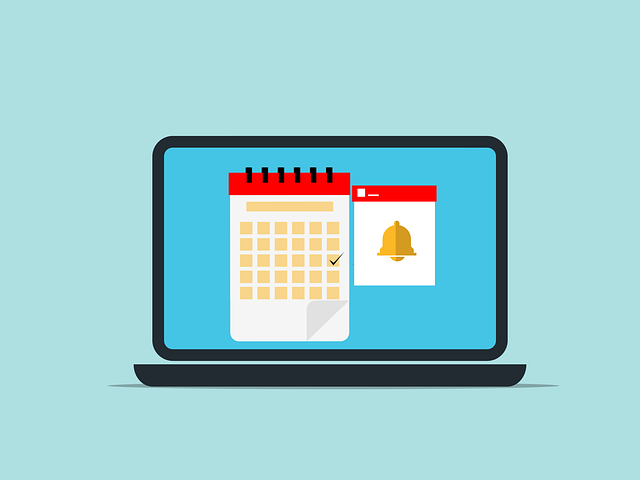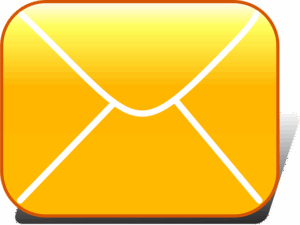An appointment alert system, utilizing reminder services via SMS, email, or calls, significantly reduces patient no-shows in healthcare settings. By actively notifying patients, this technology improves engagement, attendance rates, and operational efficiency, saving time and resources for healthcare providers. Integrating AI and personalized options, such as rescheduling through text, these systems enhance patient care and foster better compliance, ultimately transforming healthcare scheduling. Measuring success through attendance rates, response times, and satisfaction ensures continuous improvement in reducing no-shows.
In today’s digital age, patient no-shows remain a significant challenge in healthcare. To combat this, technology-driven reminders sent via SMS, email, and calls are proving effective in improving attendance rates. This article explores the impact of no-shows, highlights the role of technology, delves into the effectiveness of SMS, email, and call reminders, provides guidelines for designing an efficient appointment alert system, shares implementation strategies, and offers insights on measuring results and continuous improvement.
- Understanding the Impact of Patient No-Shows
- The Role of Technology in Improving Attendance
- SMS, Email, and Call Reminders: Effectiveness Proven
- Designing an Appointment Alert System
- Implementation Strategies for Maximum Success
- Measuring Results and Continuous Improvement
Understanding the Impact of Patient No-Shows

Patient no-shows are a significant challenge in healthcare delivery, leading to various issues and losses for medical practices and patients alike. No-shows disrupt appointment schedules, cause inconvenience, and increase costs associated with rescheduling and last-minute cancellations. This phenomenon is particularly problematic in specialties where timely care is critical, such as emergency medicine or mental health services.
An effective appointment alert system, incorporating reminder call services and healthcare scheduling reminders, can substantially reduce no-shows. These strategies ensure patients are actively reminded of their appointments, increasing the likelihood of attendance. By leveraging technology, no-show prevention tools can be tailored to individual patient preferences, such as sending SMS or email notifications, or making automated call reminders. This personalized approach enhances engagement and improves overall attendance rates, ultimately fostering a more efficient and effective healthcare environment.
The Role of Technology in Improving Attendance

Technology plays a pivotal role in transforming how patients engage with healthcare services, and its impact on improving attendance rates is significant. Implementing an appointment alert system that utilizes SMS, email, or phone calls as delivery channels can effectively reduce patient no-shows. These technology-driven reminders serve as a gentle nudge, ensuring patients remember their scheduled appointments and encouraging punctuality. With the right tools, healthcare providers can move away from manual, time-consuming reminder processes, saving staff time and resources while enhancing efficiency.
The integration of automated scheduling reminders into healthcare systems offers numerous benefits, including improved patient retention and better resource management. No-show prevention tools, when integrated with clinic reminder automation, can significantly reduce the financial burden on healthcare institutions often caused by missed appointments. By leveraging technology, healthcare providers can create a seamless experience for patients, fostering better compliance and overall attendance rates.
SMS, Email, and Call Reminders: Effectiveness Proven

Text message, email, and phone call reminders have proven highly effective in reducing patient no-shows and improving overall medical attendance rates. These technology-driven appointment alert systems serve as powerful tools for healthcare providers to connect with patients directly, ensuring timely notifications about upcoming appointments. Studies have shown that such reminders significantly decrease the likelihood of patients missing their scheduled consultations, leading to better resource utilization and improved patient care.
Implementing clinic reminder automation through SMS, email, or calls not only boosts medical attendance boost but also streamlines healthcare scheduling reminders. This approach is particularly beneficial for individuals who may forget or overlook paper reminders or traditional phone appointments. By leveraging these digital communication channels, healthcare facilities can enhance patient engagement and foster a more efficient and responsive healthcare ecosystem.
Designing an Appointment Alert System

Designing an effective appointment alert system is a strategic move for healthcare providers to combat patient no-shows and boost attendance rates. This system should be tailored to send automated reminders through multiple channels, such as SMS, email, or phone calls, leveraging technology’s reach to ensure patients are well-informed of their appointments. The key lies in creating a seamless and personalized experience, allowing patients to manage their schedules easily. For instance, offering options like rescheduling or confirming appointments through simple text responses can enhance user engagement.
Implementing clinic reminder automation goes beyond sending basic alerts; it involves integrating various data points to make the reminders more impactful. This includes considering patient preferences, appointment types, and historical attendance records. A well-designed reminder call service, for example, could utilize artificial intelligence to identify patterns and predict potential no-shows, enabling proactive measures. By employing such no-show prevention tools, healthcare facilities can improve resource allocation and overall operational efficiency.
Implementation Strategies for Maximum Success

Implementing an effective appointment alert system requires a strategic approach to maximize success and minimize patient no-shows. The first step is to integrate the reminder service across all communication channels, including SMS, email, and phone calls. This comprehensive approach ensures that patients receive consistent and timely alerts, enhancing the likelihood of their attendance. Healthcare providers should enable automatic reminders, allowing the system to send out notifications based on predefined schedules, with options for personalized messages tailored to each patient’s preference.
Additionally, clinic reminder automation can be enhanced by leveraging existing patient data and utilizing analytics to identify trends and patterns in no-show rates. This data-driven approach enables practitioners to target specific demographics or conditions, refining the effectiveness of the reminder call service. By continuously evaluating and adjusting these strategies, medical practices can achieve a significant attendance boost, ultimately improving overall operational efficiency.
Measuring Results and Continuous Improvement

Measuring the effectiveness of an appointment alert system is a critical step in ensuring its success and impact on patient no-shows. By tracking key metrics such as attendance rates, response times to reminders, and patient satisfaction levels, healthcare providers can gain valuable insights into the program’s performance. Analyzing these data points allows for the identification of areas that need improvement, whether it’s refining the reminder delivery methods or personalizing communication strategies.
Continuous improvement is at the core of any successful appointment alert system. Healthcare organizations should regularly review and update their strategies based on measured results. This iterative process involves adjusting the frequency and timing of reminders, testing different messaging formats, and incorporating patient feedback to enhance the overall medical attendance boost. Over time, these adjustments will contribute to a more effective reminder call service, ultimately improving healthcare scheduling reminders and reducing no-shows.
